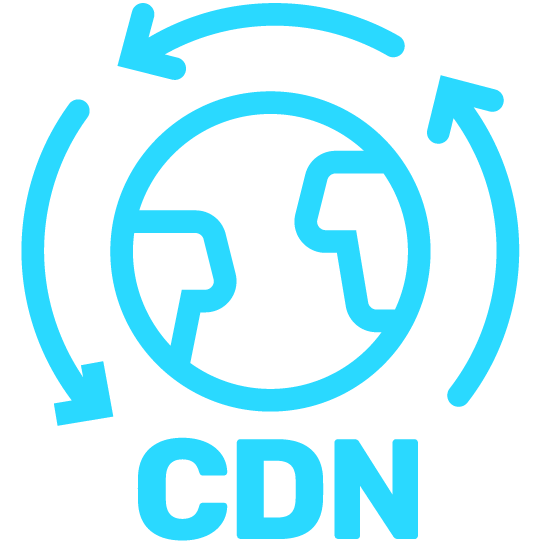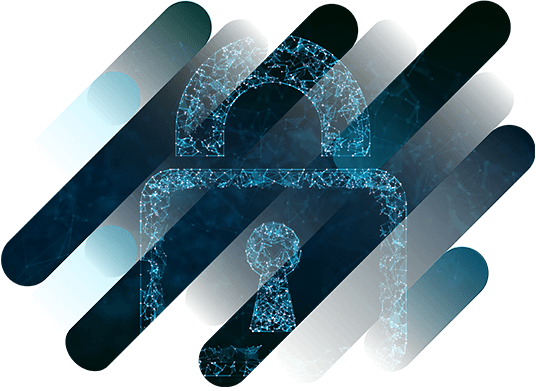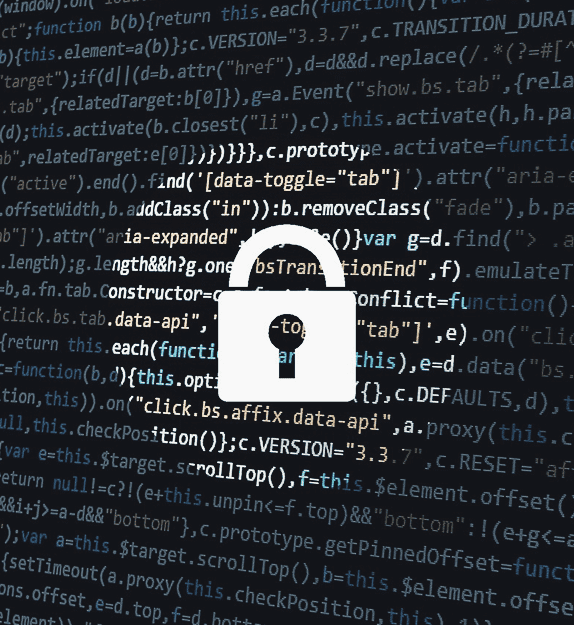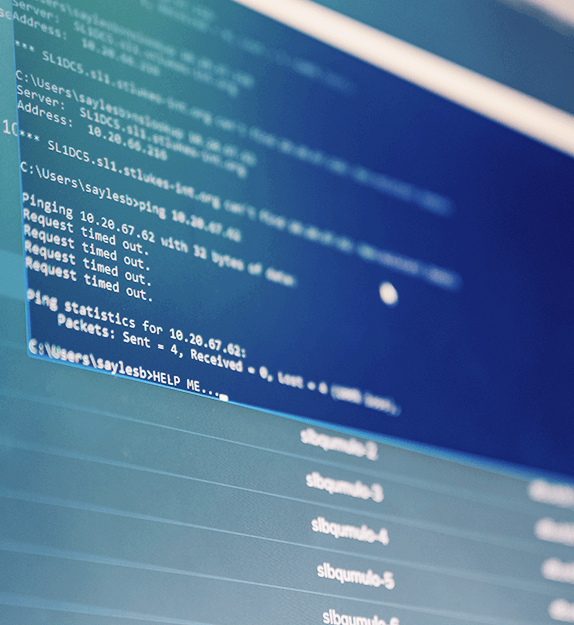New: Flexible service plans for Myra WAF. Learn more!
Home>
Information Security Management System (ISMS)
At one
look
look
- 01. A Definition of ISMS
- 02. What Is Information Security?
- 03. What Is the Difference between Information Security and IT Security?
- 04. What Are the Protection Goals of Information Security?
- 05. Who Is Responsible for Information Security in the Company?
- 06. What Are the Advantages of an ISMS?
- 07. Can an ISMS Replace a Data Privacy Management System?
- 08. What Are Key Steps for Implementing an ISMS?
- 09. What Can Companies Use as a Guide When Setting Up an ISMS?
- 10. The ISMS from Myra is Certified according to ISO 27001 Based on IT-Grundschutz
03
What Is the Difference between Information Security and IT Security?
Unlike IT security, information security refers not only to the security of the technology used, but also to organizational issues such as access authorizations and responsibilities. Accordingly, information security is not the sole responsibility of the IT department, but must be implemented in all areas of the company, starting with management.
06
What Are the Advantages of an ISMS?
With an ISMS, information security can be systematically implemented throughout the entire company and ensure that all required security standards are met. This holistic, preventive approach offers several advantages:
Protection of sensitive information
An ISMS ensures that proprietary information assets (e.g., intellectual property, personnel data, or financial data) as well as data entrusted by customers or third parties are adequately protected against any and all threats.
Maintaining business continuity
By using an ISMS to make information security an integral part of their business processes, companies can continuously increase their level of security and mitigate information security risks. In this way, they counteract the risk of security incidents disrupting business continuity.
Meeting compliance requirements
Strict compliance requirements apply, particularly in highly regulated sectors such as finance or critical infrastructure. Violations of legal regulations and contractual agreements can result in heavy fines. With an ISMS, companies ensure that they meet all regulatory and contractual requirements, which also gives them more operational and legal certainty.
Verifiability of information security
By certifying their ISMS, companies are able to verify to third parties that sensitive information is handled securely. This contributes to a better external image and to building trust, which in turn means a competitive advantage.
Improved cost-effectiveness and cost reduction
The structured coordination and risk-oriented planning of measures in an ISMS helps to set priorities, use resources efficiently, and make investments in the right places. After initial additional costs, overheads can thus be reduced in the long term.
08
What Are Key Steps for Implementing an ISMS?
The efficient and effective implementation of an ISMS is a very complex process. The following steps should be taken into account:
Define the scope of services
The first step is to clarify what the ISMS is supposed to do in the first place. To do this, company management must clearly define the areas of application, objectives, and limits of the ISMS.
Identify assets
What assets should be protected by the ISMS? They can be information, software, services, and physical assets such as computers, but also the qualifications, skills, and experience of employees as well as other intangible assets such as reputation and standing. The main objective here is to identify business-critical assets on which the company’s survival depends.
Identify and assess risks
For every asset worth protecting, potential risks must be identified and classified based on legal requirements or compliance guidelines. Companies should ask themselves, for example, what impacts each risk would have if confidentiality, integrity, and availability were breached, or what the probabilities of the risks occurring are. In the end, they arrive at an assessment of which risks are acceptable, due to the expected amount of harm caused, for instance, and which must be addressed at all costs.
Define measures
Based on the previous risk assessment, suitable technical and organizational measures for risk mitigation or avoidance must then be selected and implemented. This also includes defining clear competencies and responsibilities.
Check effectiveness
The measures adopted and implemented must be continuously monitored and regularly checked for effectiveness, for example, by audits.
Make improvements
If the review of the measures introduced reveals deficiencies or new risks have been identified, the ISMS process must be run through again from the beginning. In this way, the ISMS can be continuously adapted to changing conditions or requirements, continuously improving information security in the company.
IT Security Solutions by Myra

DDoS Protection
Myra DDoS Protection provides you with fully automatic protection against malicious requests and overload attacks. Even in the event of an imminent attack, your web applications stay available at all times.

Hyperscale WAF
The Myra Hyperscale WAF protects your web applications against malicious access and vulnerability exploits. Thanks to simple integration and configuration, it can be set up in no time at all.

CDN
First-class user experience thanks to fast page loading and minimal latency: With the Myra High Performance CDN, all static and dynamic content on your website is delivered with high performance.
Secure DNS
Myra Secure DNS offers you a reliable and powerful solution for securing your critical web applications. Manage your name resolution with ease and protect yourself against DNS hijacking.

Deep Bot Management
Say goodbye to malicious bots forever. Myra Deep Bot Management creates unique fingerprints for each bot and thus enables an optimal response to every request.
Certificate Management
No more problems with expired SSL/TLS certificates. Increase the security of your digital assets with Myra Certificate Management and encrypt all your domains automatically.
Want to learn more about our solutions, use cases and best practices for attack defense? In our download area you will find product sheets, fact sheets, white papers and case studies.
About the author
Stefan Bordel
Senior Editor
About the author
Stefan Bordel has been working as an editor and technical writer at Myra Security since 2020. In this role, he is responsible for creating and maintaining website content, reports, whitepapers, social media content and documentation. This role allows him to bring his extensive experience in IT journalism and technical knowledge to an innovative cyber security company. Stefan previously worked at Ebner Verlag (formerly Neue Mediengesellschaft Ulm) for 7 years and joined the online editorial team at com! professional after working for Telecom Handel. He gained his first journalistic experience during various internships, including at the IT website Chip Online. As a passionate Linux user, he follows the IT scene closely, both privately and professionally.








